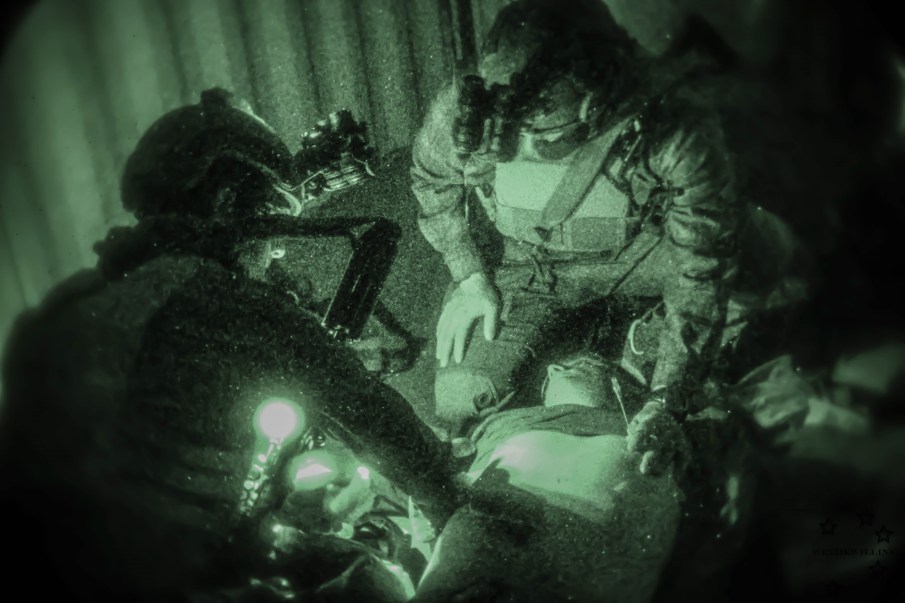Very tough situation. As a SWO, this hits very close to home. I've experienced fires aboard ship both at sea and
in port and it is scary indeed. As a fairly junior LT, I was CDO (Command Duty Officer) of my ship when we had a main space
fire and explosion - a fire in one of our main engineering spaces at about midnight on a Saturday night and luckily, we managed
get it out in an hour or so with the only injury being a bruised shoulder on one of my guys. In the aftermath, I kind of lost sight of
which was worse - actually getting through the fire itself or dealing with the investigation, the staff and others who all had to get
THEIR view of what happened.
One relevant insight to SAF - we'd lost electrical power and comms were difficult so I used runners/messengers and for that I grabbed
the 10 or so USNA and NROTC midshipmen who happened to be aboard and used them to get information to Damage Control Central,
the Quarterdeck and other places as I moved around the ship. They were also extra eyes and ears when I needed them for that.
This fire is reported to have started in Lower Vehicle which is a large garage of sorts fairly low in the ship. It's not a main space so the
Engineering Plant was probably not involved but it is large and frequently used to store large quantities of stuff and in a yard period
like they were in, it could have a lot of materiel temporarily placed there as work was being done elsewhere. That space has installed
sprinklers but they are often disabled during yard periods like this one. A common source for shipboard fires in yard periods is welding.
Because of this danger, all welding operations must have people standing fire watch in each space around the welding. while this is
not known at this time, I can tell you that many past fires have been traced to fire watch "issues".
Again, in this case, once the fire established in Lower Vehicle, it likely moved up into the berthing and administrative spaces that
are located in the decks above. When fires get up into vents and cableways, then can move and are very hard to cut off/put out.


